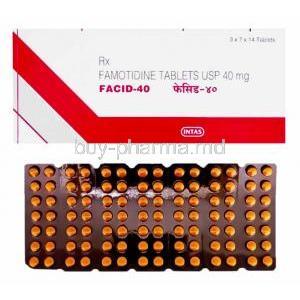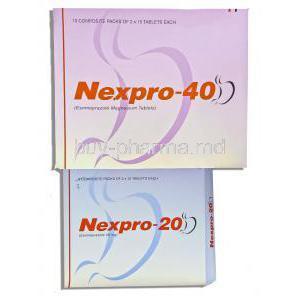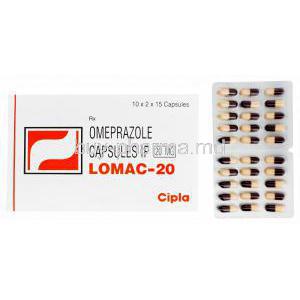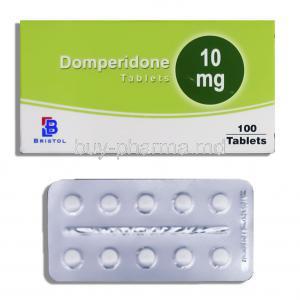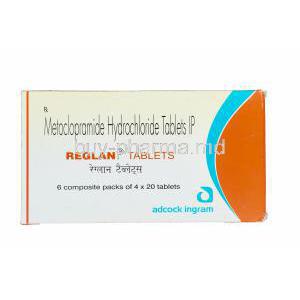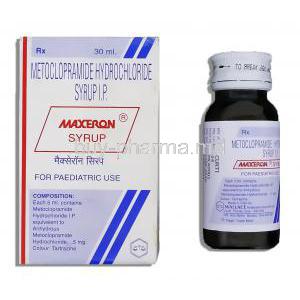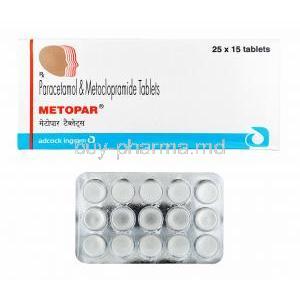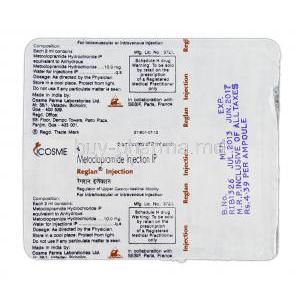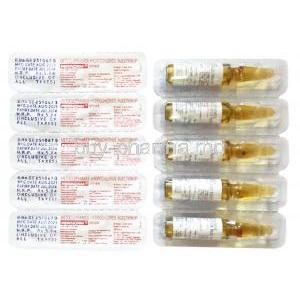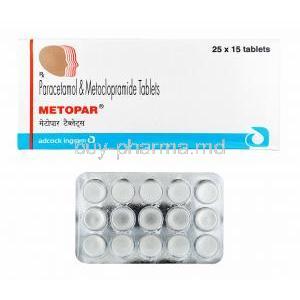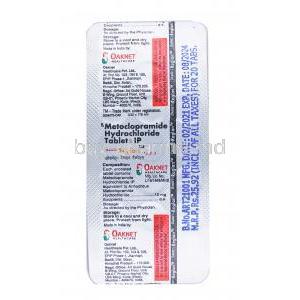Sandostatin Injection
- Introduction to Sandostatin Injection
- Composition and Active Ingredients of Sandostatin
- Comprehensive Guide to Sandostatin Uses
- Exploring Off-Label Uses of Sandostatin Injection
- How Sandostatin Works: A Scientific Perspective
- Dosage and Administration Guidelines for Sandostatin
- Understanding Common Side Effects of Sandostatin
- Recognizing and Handling Serious Side Effects
- Interactions of Sandostatin with Other Medications
- Storage and Handling Precautions for Sandostatin
- Contraindications and Warnings Associated with Sandostatin
- Administering Sandostatin with Caution
- Navigating Overdosage Scenarios with Sandostatin
- Important Precautions and Safety Advice for Sandostatin Users
Introduction to Sandostatin Injection
Sandostatin, also known by its name Octreotide1, plays a significant role in the field of endocrinology treatments. It is a pharmaceutical designed to mimic somatostatin, a hormone that inhibits certain bodily functions. Sandostatin is versatile. It can effectively regulate hormonal imbalances. It belongs to the group of somatostatin analogs and is used to treat various disorders characterized by excessive hormone production. This makes it an essential component in medical situations.
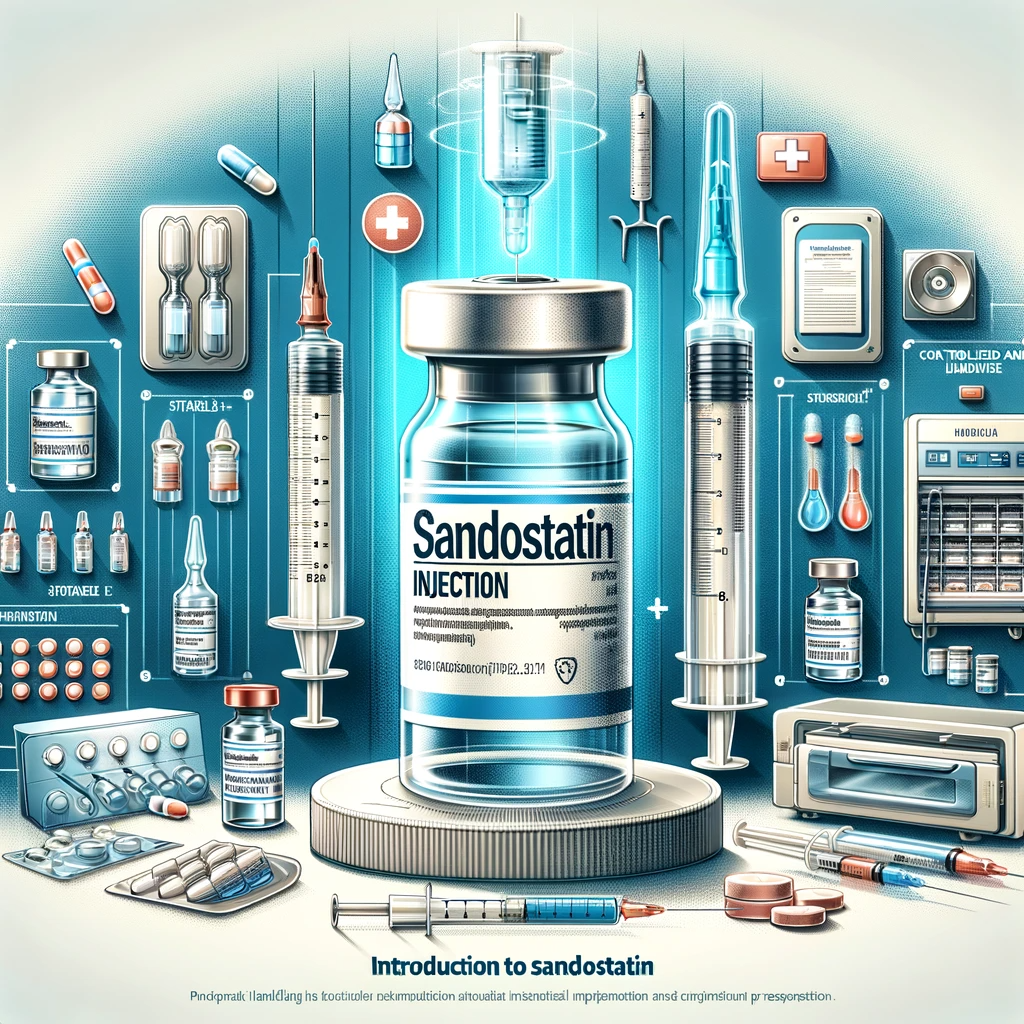
Composition and Active Ingredients of Sandostatin
The effectiveness of Sandostatin is mainly due to Octreotide acetate, which closely mimics the actions of somatostatin but with increased potency and longer duration. The formulation is carefully designed to ensure therapeutic effectiveness. The way Sandostatin works in the body is quite fascinating. It binds to receptors and effectively prevents the release of various hormones, like growth hormone and insulin. This interaction triggers a series of changes leading to the observed therapeutic effects.
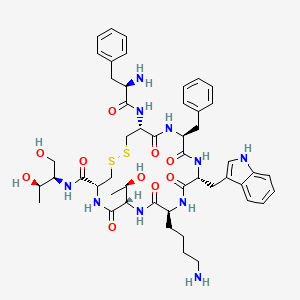
Comprehensive Guide to Sandostatin Uses
Sandostatin is widely used in the treatment of acromegaly, carcinoid tumors, and VIPomas. Its effectiveness lies in alleviating complications associated with growth hormone production in acromegaly. Additionally, it plays a role in managing symptoms and hormonal imbalances related to carcinoid tumors and VIPomas.
- In the case of acromegaly, Sandostatin helps improve the distortions and metabolic dysfunctions commonly associated with this condition.
- When it comes to tumors, this medication effectively reduces symptoms such as flushing, diarrhea, and wheezing that accompany the carcinoid syndrome.
- For VIPomas, Sandostatin regulates the overproduction of intestinal peptides, thereby stabilizing electrolyte balance and addressing water disturbances.
Moreover, Sandostatin showcases its versatility by being effective in treating medical conditions. These include gastroenteropancreatic neuroendocrine tumor management, prevention of complications after surgery, and symptom control for specific hormonal dysregulations.
Exploring Off-Label Uses of Sandostatin Injection
- Research and Case Studies: The exploration of Sandostatin in off-label uses is an area that continues to evolve with groundbreaking research and compelling real-life examples. These studies delve into gastrointestinal disorders2, persistent diarrhea in HIV patients, and even complex conditions like insulinomas. Each case study and research project adds to our knowledge, shedding light on new applications for the therapeutic use of Sandostatin.
- Ethical and Legal Considerations: While the off-label use of Sandostatin is clinically intriguing, it requires a delicate balance between innovation and adherence to regulatory guidelines. Physicians who prescribe Sandostatin for off-label purposes must carefully consider the ethical implications involved, always prioritizing safety above all else. Legal frameworks also emphasize the importance of following approved indications unless robust scientific evidence supports uses.
How Sandostatin Works: A Scientific Perspective
Sandostatin affects the actions of growth hormone, glucagon, and insulin. It binds tightly to receptors, leading to a decrease in hormone secretion. In terms of how the body processes it, Sandostatin has a relatively short half-life, so it needs to be administered frequently to maintain its therapeutic benefits. The liver plays a role in metabolizing Sandostatin before it is excreted through both the biliary and renal pathways.
The impact of Sandostatin on hormones is quite significant. Has notable effects on the body's physiology. It helps manage hormone secretion caused by different endocrine tumors, relieving symptoms and preventing complications. Additionally, it affects motility and how nutrients are absorbed beyond its hormonal modulation effects.
Dosage and Administration Guidelines for Sandostatin
- Dosage Recommendations for Conditions: Sandostatin dosage3 depends on the treatment condition. To address acromegaly, the starting dose is 50 100 µg to be taken three times daily with a potential increase based on how the patient responds to treatment. In the case of tumors and VIPomas, therapy may begin with 100 200 µg administered three times a day. Customizing dosages according to patient requirements is essential, considering their response to treatment and tolerance levels.
- Methods of Administration and Timing: Sandostatin is given through injections. The timing of these injections is crucial to maintain drug levels in the bloodstream. Typically, injections are spaced evenly throughout the day. For long-term therapy in chronic conditions like acromegaly, Sandostatin LAR (an extended-acting formulation) can be administered intramuscularly monthly. This provides a convenient option for patients.

Understanding Common Side Effects of Sandostatin
- List of Common Side Effects: like any medication, Sandostatin can cause various side effects1.
- Some reported ones to include digestive issues such as diarrhea, abdominal pain, and feeling nauseous.
- Patients may also experience flatulence, headaches, and changes in blood sugar levels, either high (hyperglycemia) or too low (hypoglycemia).
- These effects are often a result of drug influence and can generally be managed well.
- Dealing with Side Effects: Managing these side effects usually involves treating the symptoms and occasionally adjusting the dosage. For symptoms, making dietary changes and using over-the-counter remedies can be helpful. It's essential to monitor blood sugar levels to detect and address any fluctuations in glucose metabolism. Healthcare providers play a role in guiding patients through these management strategies.

Recognizing and Handling Serious Side Effects
Rarely, In some cases, Sandostatin may cause severe side effects that require immediate medical attention. These can include abnormalities in liver function, complications with the gallbladder, and cardiovascular events like irregular heart rhythms or slow heart rate. It's important to note that allergic reactions are infrequent but could potentially lead to a life-threatening condition known as anaphylaxis. Problems concerning the liver and gallbladder may present as dysfunction and the formation of gallstones. As for concerns, they encompass arrhythmias and bradycardia.
If any signs of these adverse reactions arise, such as severe liver dysfunction, intense abdominal pain, irregular heartbeat, or indications of an allergic response, seeking immediate medical help is crucial. Identifying these side effects early on and receiving prompt treatment can help mitigate risks and improve patient outcomes.
Interactions of Sandostatin with Other Medications
- Known Interactions and Effects of Sandostatin: Sandostatin can interact with medications, which may change how they work. Meaningful interactions include changes in the absorption of cyclosporine, the effectiveness of insulin and oral hypoglycemic agents, and an increased risk of bradycardia when combined with beta-blockers. Patients must receive counseling about these interactions to avoid any adverse effects.
- Modifying Cyclosporine Absorption; May potentially impact the success of a transplant.
- Altered Blood Sugar Control: This may require therapy adjustments.
- Increased Cardiac Risks, Particularly when used alongside heart medications.
- Guidance on Concurrent Medication Use: Healthcare providers should review all medications when prescribing Sandostatin to patients. This review helps identify interactions and allows for necessary adjustments in dosages or substitutions of medicines if needed. With Sandostatin, patient education regarding the importance of reporting all medications, including over-the-counter drugs and supplements, is vital for effective treatment.
Storage and Handling Precautions for Sandostatin
To ensure the quality of Sandostatin, it is essential to follow storage requirements.
- The medicine should be kept at a temperature ranging from 2°C to 8°C (35°F to 46°F).
- Protecting it from light and avoiding freezing is crucial to maintain its effectiveness.
Once the product is opened or reconstituted, its stability and storage guidelines may differ; paying close attention to the details is essential. For temperature control, it is advised to keep the medication within the range of 2°C to 8°C. To protect it from exposure and prevent freezing, make sure not to expose Sandostatin directly to light and avoid freezing it. Maintaining safety measures while handling Sandostatin is of importance.
Healthcare professionals should follow administration techniques to minimize any risks of contamination. When disposing of Sandostatin, syringes, and needles, ensure you adhere to local regulations for hazardous waste management, prioritizing environmental safety and public health concerns.
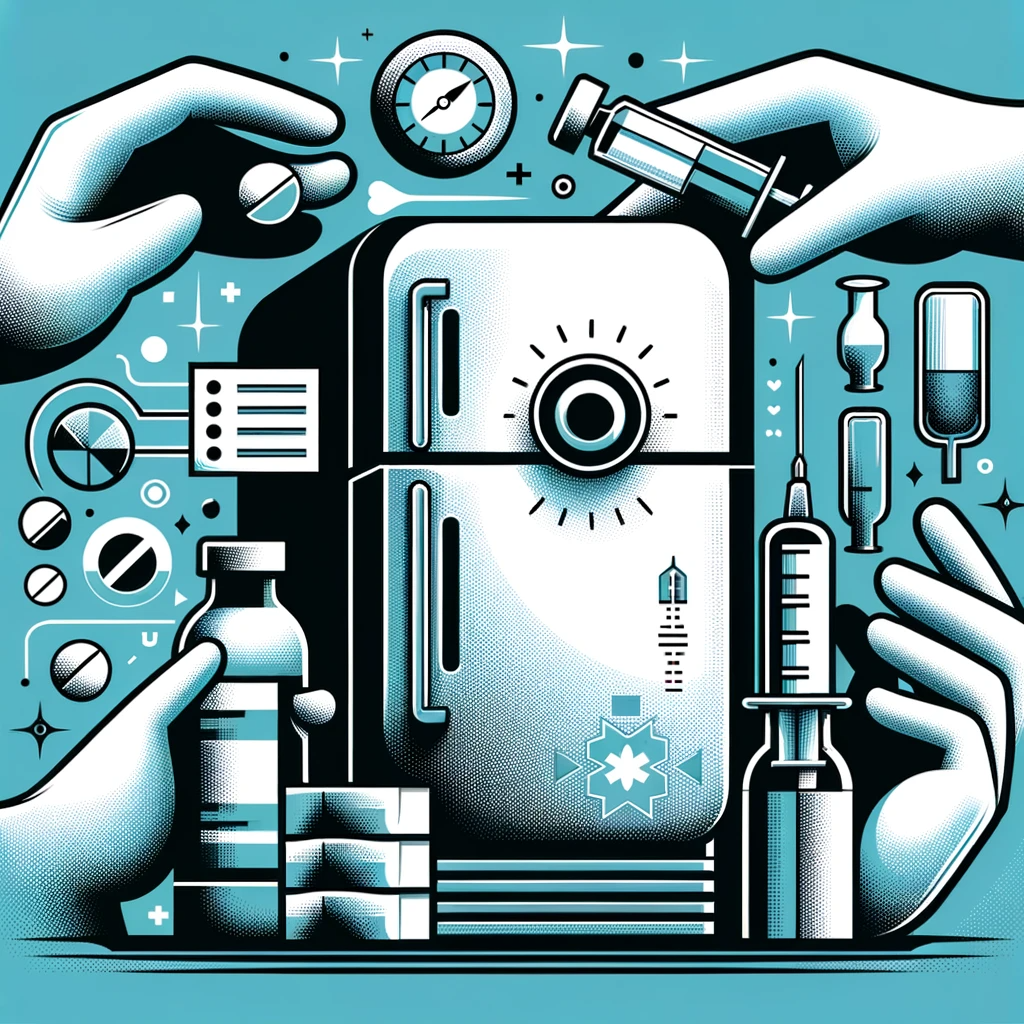
Contraindications and Warnings Associated with Sandostatin
- Who Should Avoid Sandostatin: It is important to note that Sandostatin should not be used by individuals with hypersensitivity to Octreotide or any of its components. This also applies to those who have experienced allergic reactions to synthetic somatostatin analogs. If you fall into either of these categories, it is not recommended for you to use Sandostatin.
- Existing Conditions and Risks: If you have pre-existing conditions such as gallbladder disease, thyroid disorders, or cardiovascular diseases, it is advisable to proceed with caution when considering Sandostatin. This medication can potentially worsen conditions, so it's essential to carefully weigh the benefits against potential risks before making a decision.
- Gallbladder and thyroid disorders: If you already have gallbladder or thyroid issues, monitoring any exacerbations or worsening of symptoms is crucial while using Sandostatin.
- Cardiovascular diseases: For individuals with diseases, a diligent assessment of the risk-benefit ratio should be conducted before initiating treatment with Sandostatin.

Administering Sandostatin with Caution
- Populations1: Elderly, Pregnant Women, and Nursing Mothers. When it comes to older people, it's essential to use Sandostatin with caution due to the potential impact on liver, kidney, or heart function. Additionally, taking into account any existing health conditions or concurrent medication is essential. The safety of using Sandostatin during pregnancy has not been fully established; therefore, it should only be used if necessary. Similarly, caution is critical when administering Sandostatin to nursing mothers as there may be risks for their infants.
- Regular monitoring of organ functions and adjusting dosages accordingly is recommended for patients.
- Regarding women, it's crucial to carefully weigh the potential benefits against any risks associated with using Sandostatin.
- For nursing mothers, close monitoring of their infants for any side effects is advised.
- Pediatric Administration: Considerations and Dosing. The safety and effectiveness of Sandostatin in patients have not been fully established yet. If children need its use in their condition, adjusting the dosing regimen cautiously and considering their size and body weight is essential. Close monitoring of both side effects and effectiveness becomes crucial when administering Sandostatin to patients.
Symptoms of taking too much Sandostatin may manifest in various ways, primarily reflecting its strong impact on hormonal balance. Patients might experience drops or spikes in blood sugar levels, noticeably slow heart rate, and even more intense gastrointestinal issues like severe cramps and diarrhea. It is crucial to recognize these symptoms for timely intervention.
In the case of an overdose, seeking medical attention is vital. Treatment mainly focuses on providing support and addressing symptoms. Administering glucose becomes critical to manage hypoglycemia, while insulin therapy may be necessary for hyperglycemia cases. Continuous monitoring of signs and blood glucose levels is essential in determining the appropriate treatment approach.

Important Precautions and Safety Advice for Sandostatin Users
Patients who are undergoing Sandostatin therapy should be advised to make lifestyle adjustments to minimize side effects and optimize the effectiveness of the medication. It is recommended that patients make dietary modifications to manage any symptoms they may experience, engage in regular exercise, and diligently monitor their blood sugar levels. Additionally, patients must schedule checkups to evaluate how the medication affects their heart, liver, and gallbladder functions. To alleviate any effects, it is advisable to make dietary changes. Additionally, regular exercise and monitoring blood sugar levels becomes essential for controlling blood sugar levels. Regular health checkups are also necessary as they help monitor organ functions and overall health.
Educating patients about Sandostatin plays a role in ensuring its safe and effective use. Patients should be well informed about the side effects associated with the medication and understand the importance of following prescribed dosages. It is also crucial for them to promptly report any symptoms they may experience to their healthcare provider. Moreover, patients need to know about drug interactions and understand the significance of informing healthcare providers about all medications they are taking. Patients' awareness of side effects and adherence to prescribed dosages becomes crucial when minimizing risks associated with Sandostatin therapy. Effective communication with healthcare providers plays a role in managing adverse reactions or drug interactions during treatment.


